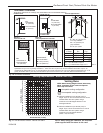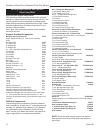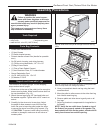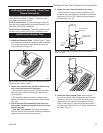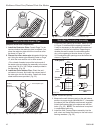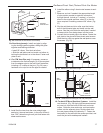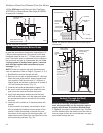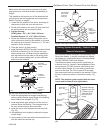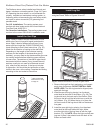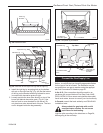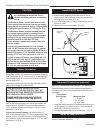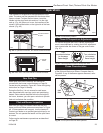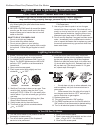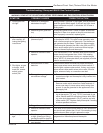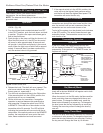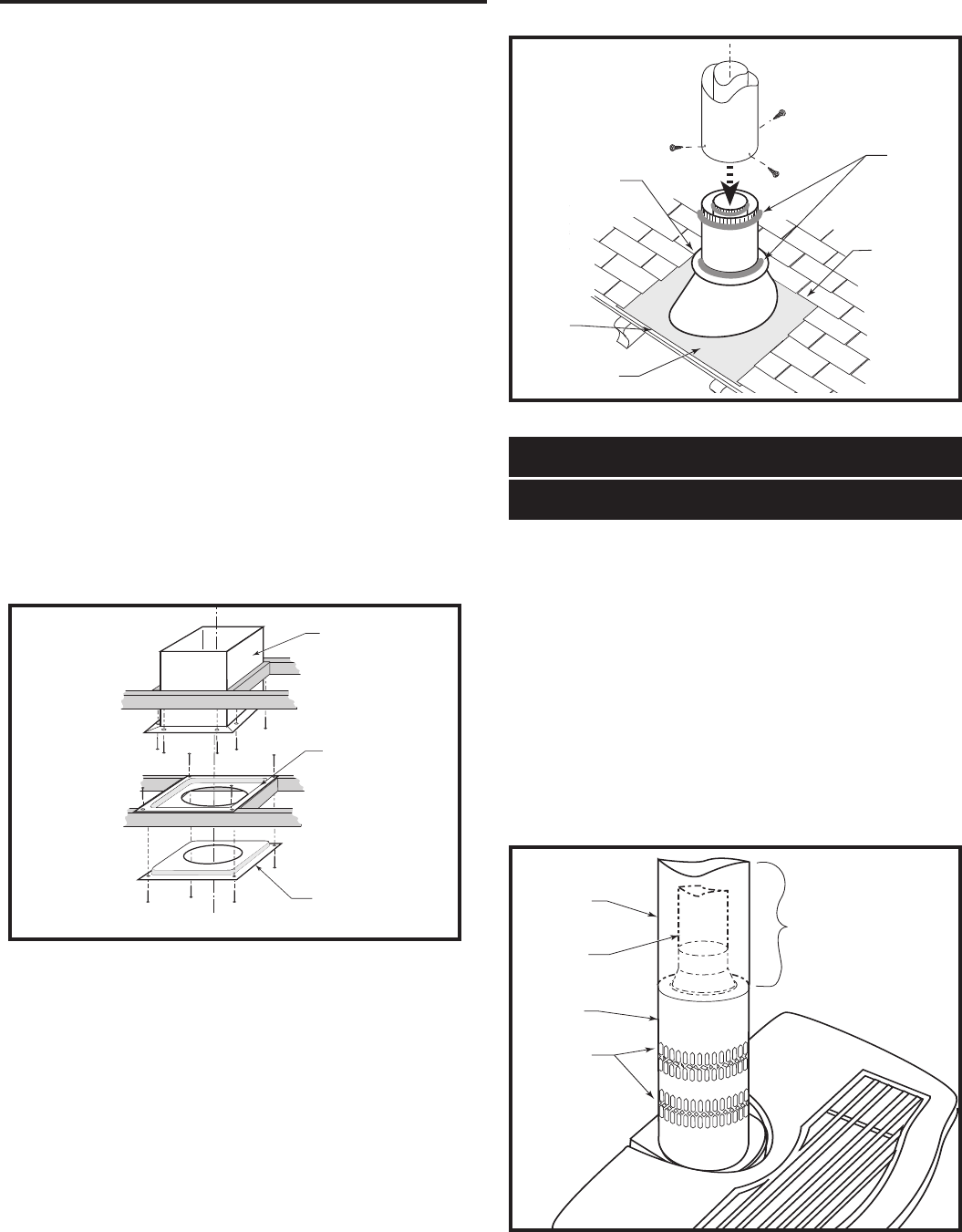
19
Radiance Direct Vent /Natural Vent Gas Heater
20004188
ST221
vent thru roof
12/99
Storm Collar
Sealant
Upper
edge of
flange goes
under upper
shingles
Flashing
#7DVSKV
(A, B, or
F) Roof
Support
Use three #5
sheet metal
screws at
each joint
ST221
Fig. 33 Roof support and flashing.
Make certain the vent system conforms to all other
requirements for vertical termination as specified on
Page 9.
This installation will require you to first determine the
roof pitch and use the appropriate vent components.
Refer to Figure 9 on page 9.
1. Locate the final position of the stove, observing all
clearances for both the vent and the stove.
2. Plumb to the center of the inner (4”) flue collar from
the ceiling above, and mark that location.
3. Cut the opening:
CFM System: 9
³⁄₈” x 9³⁄₈” (240 x 240 mm)
DuraVent System: 10” x 10” (254 x 254 mm)
4. Plumb any additional opening through the roof or
other construction that may be needed. In all cases,
the opening must provide a minimum of 1” (25 mm)
clearance to the vent pipe.
5. Place the stove in its final position.
6. Install firestop(s) #7DVFS and Attic Insulation Shield
#7DVAIS as needed. (Fig. 32) If there is a room
above ceiling level, a firestop must be installed on
both the bottom and top sides of the ceiling joists.
If an attic is above ceiling level, an attic insulation
shield must be installed.
Venting System Assembly - Natural Vent
General Information
The Radiance Heater is shipped from the factory as a
Direct Vent Heater. It may be converted to a Natural
Vent heater by installing the Vermont Castings Model
Z31D00 FSDHAG Draft Hood Adapter.
The Radiance Heater is approved for installation as
a Natural Vent unit. Vermont Castings/Majestic Direct
Vent outer pipe (7FSSK) could be used directly after
the Draft Hood Adapter up to the ceiling, then B-vent
pipe must be used. Do not mix types of B-vent pipe;
use components from one maker or the another. Follow
the vent component maker’s instructions exactly. (Fig.
34)
NOTE: The restrictor plate supplied with the stove
is not used for Natural Vent applications.
7. Install the appropriate roof support and flashing,
making certain that the upper flange of the flashing
base is below the shingles. (Fig. 33)
8. Install appropriate pipe sections until the vent run
reaches above the flashing. The enlarged ends of
the vent sections always face downward.
9. Install the storm collar and seal around the joints.
(Fig. 33)
10. Add additional vent lengths to achieve the proper
overall height.
11. Apply cement to the inner and outer termination col
-
lars and install the terminal cap.
ST222
vent thru ceiling
12/99
#7DVAIS
Attic Insulation
Shield
#7DVFS
Firestop in
Upper Floor
#7DVFS
Firestop in
Ceiling
Use Four
8d Nails
ST222
Fig. 32 Install firestops and attic insulation shield.
ST654
Decorative
pipe around b-vent
4/20/01 djt
Decorative 7”
Pipe
4” B-vent
Pipe
Draft Hood
Adapter
ST654
Fig. 34 Decorative 7” pipe may be fitted around the B-vent
pipe.
Vermont Castings/
Majestic outer pipe
(7FSSK) may be
used after Draft
Hood up to the
ceiling.
MUST Be
Kept Clear



